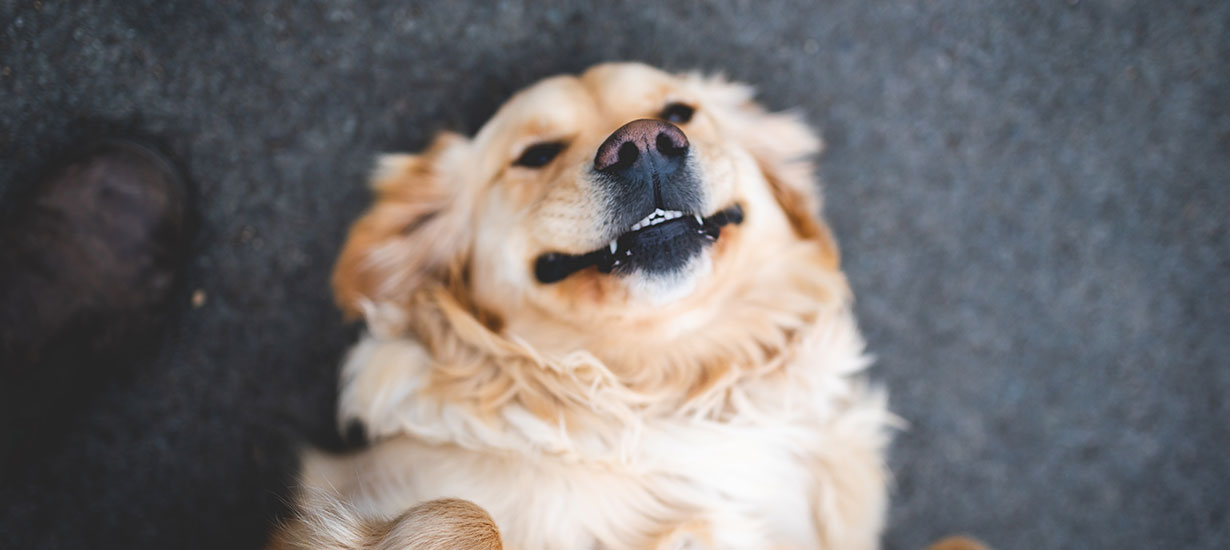IMPORTANT: Our shelter is temporarily closed to visitors. DETAILS HERE
Limited visitation for cats. See Details HERE

Understanding what our pets are trying to tell us through their body language is extremely crucial because we need to know what they are feeling. Since they can not talk, we need to find other ways to understand them when they are trying to tell us something important.
Pet body language is when your pet is showing you their emotions or how they feel through their consistent nonverbal movements, or gestures. For example when a dog is wagging its tail it may be excited.
If your pet is showing happy or sad body language is extremely important to identify. So, we're gonna tell you what it would look like for your pet.
Happy: Relaxed, tail wagging (not too fast not too slow), ears are in normal positions
Sad: Unenergetic, is reluctant to complete daily activities (ex. go on walks, eat etc.), fatigued more often than usual
Happy: Relaxed position, small position, non-threatening posture, tail up with just the end curved
Sad: Not using their litter box, distant, loss of appetite, shows no interest in playing or being around others
Happy: Looks relaxed, doesn't look tense, stretched out when laying down, does “binkies,” or fast jumps and runs
Sad: Seems drowsy or sluggish, hide from people or other animals, destructive behaviour (ex. rough biting, excessive fur pulling, etc.)
Happy: Body position relaxed, head upright position
Sad: Very irritable and aggressive, plucking their feathers, constant head-bobbing
Happy: Always in motion (hopping), rubbing noses with other guinea pigs
Sad: Easily irritated, very aggressive, fidgeting
Pets get angry or uncomfortable when they are put in unfamiliar or irritating situations. It is very important to know when your pet is feeling this way.
Three hints your pet may be angry or uncomfortable:
If you're unfamiliar with your pet's body language and you're concerned, then you could do some more research or consult with your vet.